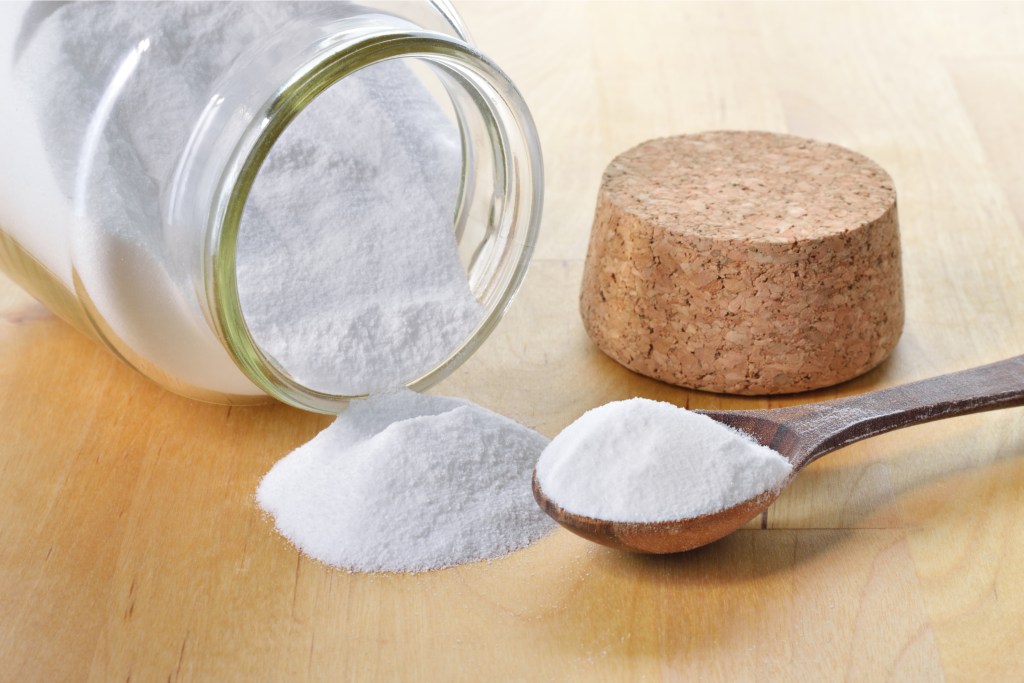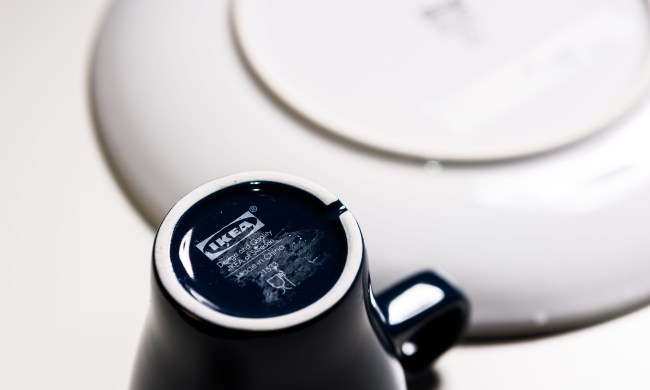There are many uses for baking soda. It’s great for science experiments, brushing teeth, and more. Plus, there are plenty of homeowners who need solutions for reducing smells and cleaning tough stains. There are products you can get, but baking soda is often cheaper and just as effective.
You can use baking soda in virtually every area of your home. Read on to explore a variety of household uses for baking soda. You’ll have a bright, grime-free, pleasant-smelling home in no time.

In the kitchen
Sinks
Baking soda can make a massive difference in the smell and the efficiency of drains. Add baking soda under hot running water to freshen the drain. Baking soda can even be used in combination with hot water to unclog a drain.
Refrigerators
Opening a box of baking soda and leaving it in the fridge to absorb odors isn’t the only solution for smells. Sprinkle it in the bottom of your crisper drawer or use it as a stain remover.
Pots and pans
Do you have cookware with baked-on stains? Use baking soda with enamel and copper pans. Baking soda easily removes or reduces the visibility of stains. Nonstick pans also benefit from a baking soda soak by removing lingering odors.
Microwave
Baking soda removes grease, odors, and stuck-on food particles, including oily and tomato-based stains. Baking soda is ideal for the inside of the microwave and leaves no chemical residue.
Ovens
Like a microwave, ovens get lots of caked-on grease and grime. Start with spreading a layer of baking soda in the bottom of a cooled oven. You can mix baking soda with water to spray on, too. Repeat until all food is dissolved.
Dishwasher
Baking soda with a bit of Borax is inexpensive and practical for dishwashing detergent. Adding a little baking soda to your dishwasher’s rinse cycle freshens the machine, removing the grime and dirt inside.
Trash
Baking soda helps with smelly trash, too. All you do is sprinkle some at the bottom of a can, and it will absorb even the stinkiest odors. You can also sprinkle it inside an odor-heavy trash bag if you can’t put it out on the curb just yet.

In the laundry room
Washing machine
Just like it cleans a dishwasher, baking soda cleans your washing machine, too. Detergent builds up, making your machine less effective. Baking soda makes a great fabric softener and neutralizes odorous spills.
Make a paste of baking soda and water and apply with a cloth or sponge. Scrub the inside of the machine and rinse when finished. The same paste can be used to remove stains off the exterior, such as rust. Combine vinegar and baking soda to thoroughly clean and freshen your machine.
Set the machine on the hot water cycle and add 2 to 4 cups of white vinegar. Run the machine for a minute, and add a half cup of baking soda. Run the machine for another minute, then stop and let the solution soak for 30 to 60 minutes. Finish the cycle, drain the solution, and run another hot water rinse for a clean machine.
For stain removal
Add half a cup of baking soda with liquid detergent. Baking soda gives sharper whites, brighter brights, and odor-free clothing. It’s also effective at removing stains from linens caused by age. As a natural cleaner, trust that old linens will be whitened and brightened rather than damaged. Regular detergents can damage linens, so use soda alone. Pretreat with a water baking soda paste if there are spot stains.
Neutralize acid
Common acid stains include drain cleaner, battery acid, toilet bowl cleaner, and bodily fluids. Rinse these stains from clothing and neutralize them with baking soda. Even after the stain dries, you can still spot treat (before laundering to avoid setting the stain).

In the bathroom
You can clean toilet bowls with a quarter cup of baking soda and half a cup of white vinegar. Scrub with a stiff brush and flush. Repeat if necessary. Use a sponge or cloth to wipe down the exterior.
You can also wipe down faucets, handles, and towel racks. Apply a thick paste of baking soda and water to grimy areas, and scrub with a stiff brush. An old toothbrush works for tight spots, too. Rinse off immediately, or let it dry and rinse later.
If you have a clogged shower or sink drain, a cup of baking soda will do the trick. Pour it into the opening of the clogged drain with a cup of hot vinegar. After a few minutes, flush the drain with a quart of boiling water, and you’re done. Repeat as needed.
Baking soda is a nifty little product that you can use all over your house to clean and deodorize. It’s always a good idea to keep some close at hand.



